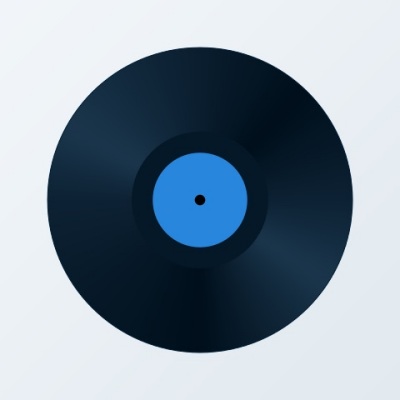
House of Balloons
Less than two months ago, few of us had ever heard of the Weeknd. Then, as soon as the creepy R&B tracks from this free mixtape began to circulate, the hype engine revved up. There was the Drake cosign, the album art that looked like Spiritualized crossed with Tumblr art-porn, the missing vowel, the stylish samples, and the project's creators hiding in the shadows. You can't buy buzz like this, and the Weeknd's quick rise to Internet fame, both in indie circles and in parts of the mainstream, raised fascinating questions about the blurrier-than-ever lines between those two audiences and the underground's newfound embrace of R&B. (see also: Frank Ocean, Tri Angle Records, How to Dress Well.) These are very interesting topics that have already spawned some good thinkpieces around the web, but set all that aside for a moment and you're still left with an album, same as always. And this album happens to be very good. The work of Toronto singer Abel Tesfaye and producers Doc McKinney and Illangelo (Drake producer Noah "40" Shebib, is not, as has been reported, involved in the project), House of Balloons is a remarkably confident, often troubling debut that excels at both forward-thinking genre-smearing and good old-fashioned songcraft. Take for starters the track "What You Need": with Burial-style vocal samples, techno scrape, and a sticky pop chorus, it's far from your average R&B number. Of course, the Weeknd are not without forebears-- producers from Rodney Jerkins to Static Major and recently The-Dream have been pushing the sonic boundaries of R&B for some time now. Where the Weeknd differ, though, is that their source material pulls from the leftfield (the title track re-purposes Siouxsie and the Banshee's "Happy House", two songs here ride mutated Beach House samples), and their approach is more about building vibe and atmosphere. They're great at rich, woozy compositions that send Tesfaye's aching falsetto through the mix. An example is "The Morning", which feels at first like a spacey synth instrumental before a stuttering digital drumbeat announces this massive, swaying chorus that enters your brain and refuses to leave. The group's penchant for druggy atmospherics is mirrored in their lyrical content, which is overtly sexual, narcotics-focused, and occasionally downright frightening. Debauchery is obviously nothing new in R&B, but this takes it a step further-- the drugs are harder, the come-ons feel predatory and lecherous, and the general feeling is self-hating rather than celebratory. On opener "High for This", Tesfaye handholds a partner through some strange sex act, singing, "Trust me, girl, you wanna be high for this." "Glass Table Girls" is pretty clearly about doing coke. Because we don't know these guys, it's hard to say whether these are real-life tales or imaginative storytelling-- you want to think the latter, but ultimately the anonymity makes it seem more disturbing. What makes this whole thing work in an album context is that all the thematic and sonic pieces fit together-- these weird, morning-after tales of lust, hurt, and over-indulgence ("Bring the drugs, baby, I can bring my pain," goes one refrain) are matched by this incredibly lush, downcast music. It's hard to think of a record since probably the xx's debut (definitely a touchstone here) that so fully embodies such a specific nocturnal quality. And even though the image of nightlife painted by the Weeknd isn't a place you'd ever want to live, it's one that's frankly very hard to stop listening to. — Joe Colly, March 29, 2011
